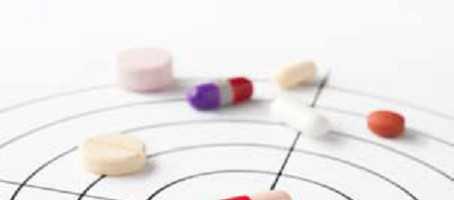Excessive exposure to artificial light at night could be linked to the development of several diseases including type 2 diabetes, according to new research.
The study, published in Philosophical, suggests that exposure to artificial light at night, combined with a lack of exposure to natural light during the day, disrupts the body’s circadian rhythms.
Circadian rhythms are physical and mental changes that follow the natural cycle of light and darkness. Circadian rhythms are responsible for sleep-wake cycles, hormone release, and bodily temperature.
Circadian rhythms also influence sleep patterns. The production of melatoni, which is the hormone responsible for healthy sleep, is affected by circadian rhythms. So when circadian rhythms are disrupted, melatonin production is disrupted, which in turn affects healthy sleep patterns.
Healthy sleep is hugely important in preventing the development of diabetes. Studies have suggested that inconsistent sleep patterns have been linked to an increased risk of type 2 diabetes.
In the long-term, over-exposure to artificial light is associated with a number of conditions, including type 2 diabetes, obesity, depression, and some types of cancer.
Richard Stevens from the University of Connecticut, who co-authored the study, said: “It’s become clear that typical lighting is affecting our physiology. But lighting can be improved. We’re learning that better lighting can reduce these physiological effects.
“By that we mean dimmer and longer wavelengths in the evening, and avoiding the bright blue of e-readers, tablets and smart phones.
“It’s a new analysis and synthesis of what we know up to now on the effect of lighting on our health. We don’t know for certai, but there’s growing evidence that the long-term implications of this have ties to breast cancer, obesity, diabetes and depression, and possibly other cancers.
“It’s about how much light you’re getting in the evening. It doesn’t mean you have to turn all the lights off at eight every night.
“It just means if you have a choice between an e-reader and a book, the book is less disruptive to your body clock. At night, the better, more circadian-friendly light is dimmer and, believe it or not, redder, like an incandescent bulb.”
What's new on the forum? ⭐️
Get our free newsletters
Stay up to date with the latest news, research and breakthroughs.








